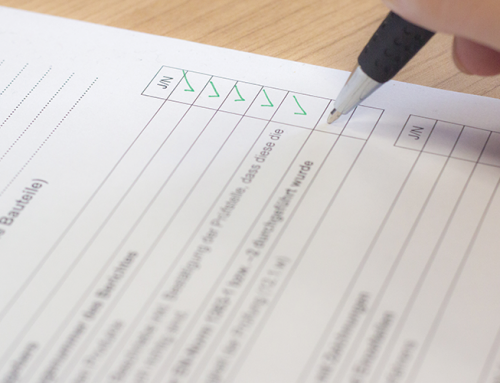Planning gets a bad reputation for being boring and tedious, but when disaster strikes, your plan for recovery will make or break your company’s ability to bounce back. Creating a technology recovery plan one of the most valuable things you can do for your business.
Why is Having a Recovery Plan Critical?
A recovery plan is your road map to getting your business back on track. It:
- Fosters a sense of security. Your team can rely on your plan when they’re feeling uncertain, reducing the stress caused by having to make critical decisions in the moment.
- Reduces delay. Trying to get a business back to full speed is difficult if you don’t know where to start. Having a plan to follow takes out the guesswork.
- Minimizes risk. The better your plan, the fewer opportunities for a costly misstep.
- Reinforces business reliability. Your vendors and customers will be looking to you to lead the recovery. This can be a critical moment where you build confidence or lose trust
Plan Your Recovery
1. Prioritize
Determine the most critical components of your business first (data, customer lists, proprietary info, etc.) Determine the few things your business absolutely can’t exist without. Then, reverse-engineer the process to decide which tech components are essential. What business functions does your tech support? Which software needs to be implemented? What must happen before everything else? After that? And so on.
2. Strategize
In order to successfully execute your priorities, you need to guide your team step-by-step toward the goal. Who will be in charge? What internal and external communications need to happen to coordinate activities? At what point do these things need to happen? Who needs to be informed of legal and documentation purposes (authorities, insurance agents, lawyers, etc).
3. Detailed Plan
Each phase of your recovery needs to have time-specific objectives. This helps your team determine where they’re at in the progression, and if there are any time-sensitive requirements your business must make to move further along the recovery process.
Some things to consider:
- Where will your business operate if your current location is out of commission?
- How will you access your data if you have to be offsite?
- How will you communicate with vendors, stakeholders, investors, and customers?
- Who will be in charge of which tasks? What are the escalation points? Backup contacts?
- Who needs to be contacted for new equipment? Preventing equipment damage?
- What data will be mission-critical in rebooting your business?
- Have you examined your backup procedure? Do these need to be more frequent?
- Who and how will you communicate with media?
4. Store and Distribute
Once you’ve created your Tech Recovery plan, it’s important to store it in an easily accessible place for all involved. Meet with each person or team to ensure they clearly understand their roles and responsibilities. If you’re in need of a document management platform, we have a tool that makes sharing important docs across your org much easier to manage.
Don’t Forget: Review on a Schedule!
Once you’ve created a plan, don’t forget about it! As your company grows and changes, your plan may need to be revised. Schedule reviews so that you don’t forget when business is busy.
Having a disaster is never the plan. Knowing how to recover makes all the difference.
Subscribe to our blog






